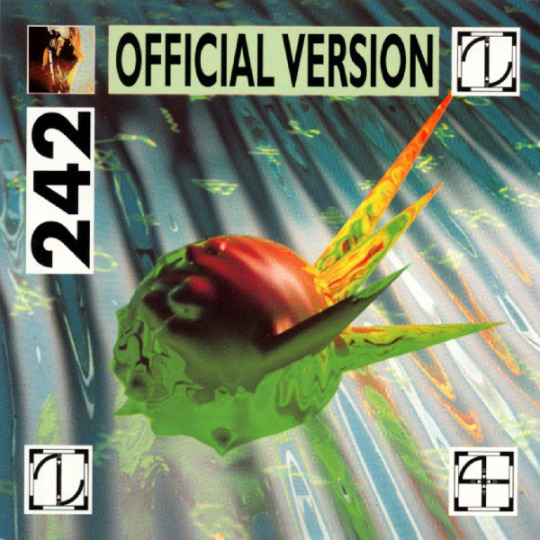Photo
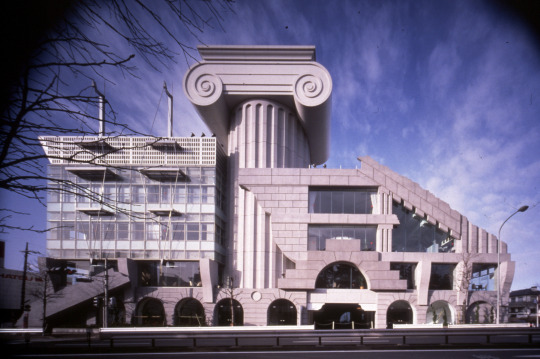
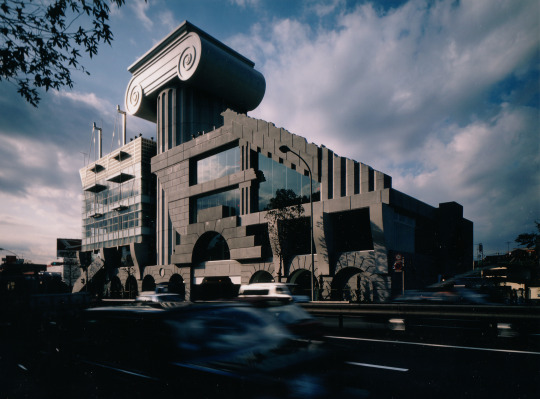
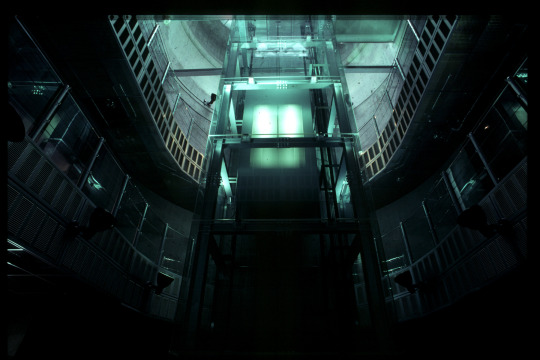

1990 Tokyo Office/Retail/Resurant Design by Kengo Kuma Assoc. ~ 'The building is a chaotic mix of fragments made using various architectural styles, materials and scales. This collection of fragments was intentionally created in order to integrate these elements while accelerating and highlighting them. Of particular note are the hollow Ionian style column, antennae by the Russian architect Ivan Leonidov and sound insulation panels for the expressway which are polymerized in a threadless manner.'
11 notes
·
View notes
Text
#fountain#postmodernism#landscape architecture#live looping#nature loop#water feature#cascade#ripples
2 notes
·
View notes
Photo
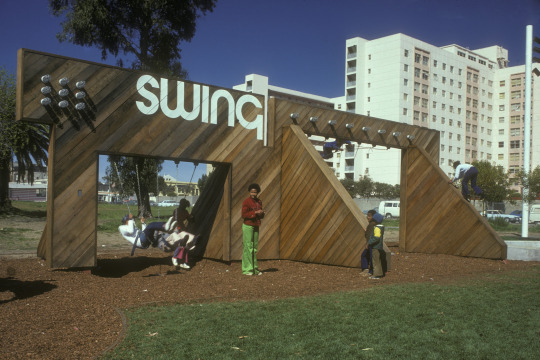
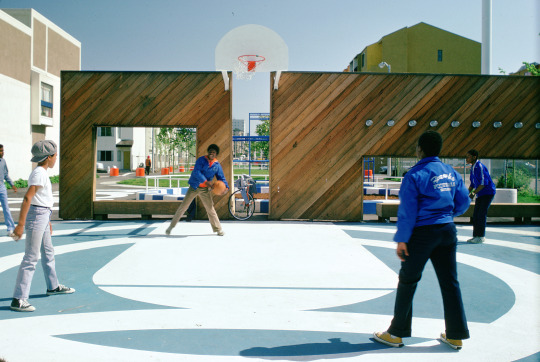
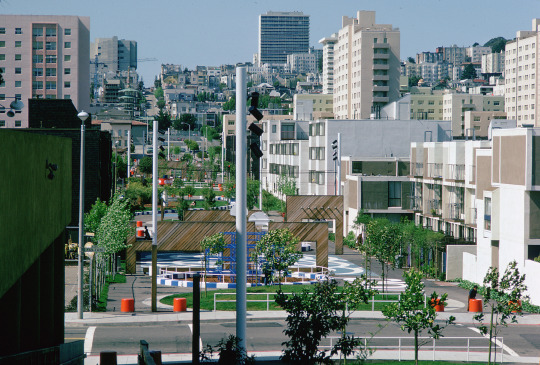
Buchanan Street Mall, San Francisco, early 1970's.
#civic design#urban design#fitness street#urban landscape architecture#public park#playspace#play space#Landscape Architecture#urban planning#post modernism#san francisco
20 notes
·
View notes
Photo


Boca Rio Country Club, Palm Beach County, Florida
#golf#golf course#florida#Landscape Architecture#Architecture#postmodernism#sculpture garden#landscape design#landscaping#picturesque#corporate landscape#corporate design#public art#private collection
13 notes
·
View notes
Text

Crazy paving in Pula, Croatia
#crazy paving#landscape architecute#garden bed#paving#patterned#texture#pattern#hardscape#stone#garden#sculpture garden#fountain#residential#architecture
6 notes
·
View notes
Text
Inspired by the simplicity and shape of this cut out deck and cumquat tree (?) and the maiden hair gate.

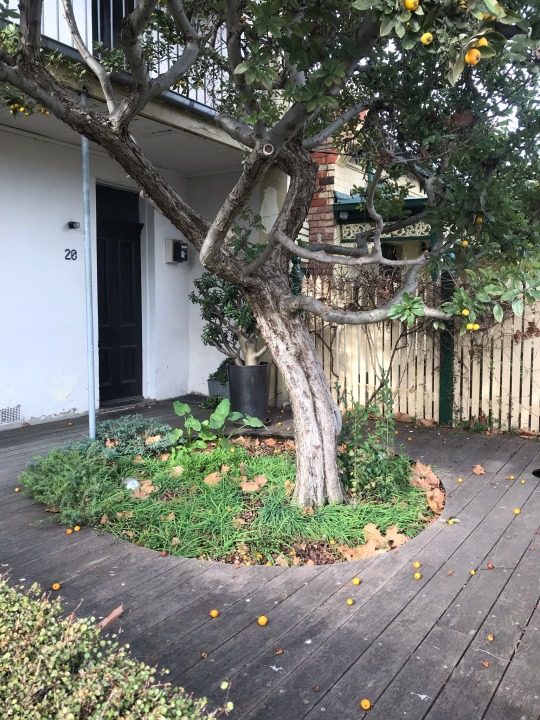

2 notes
·
View notes
Photo
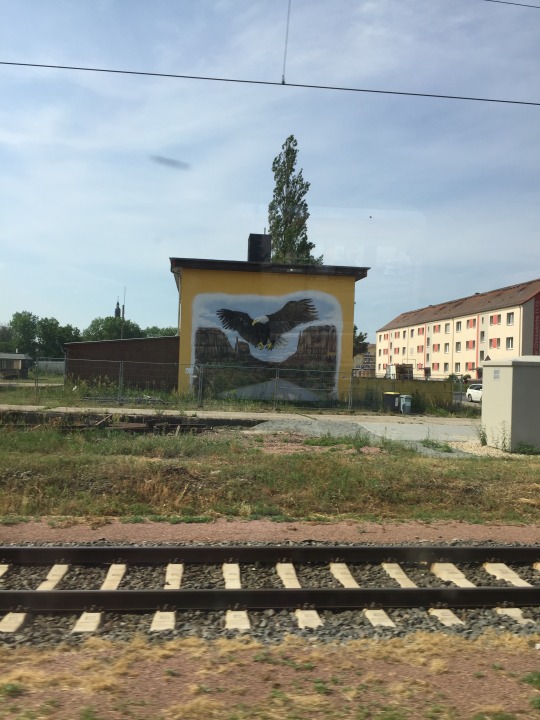
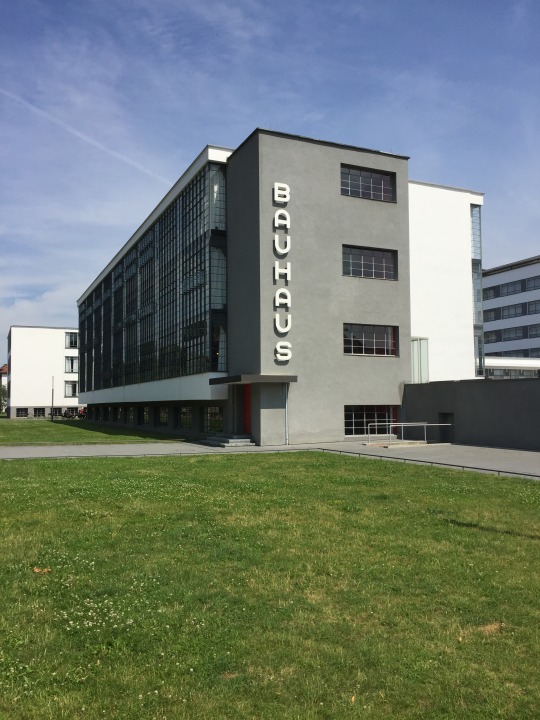


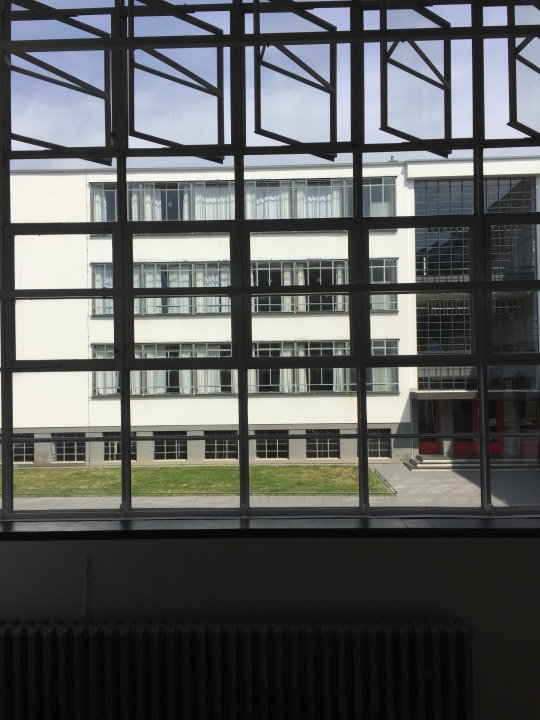


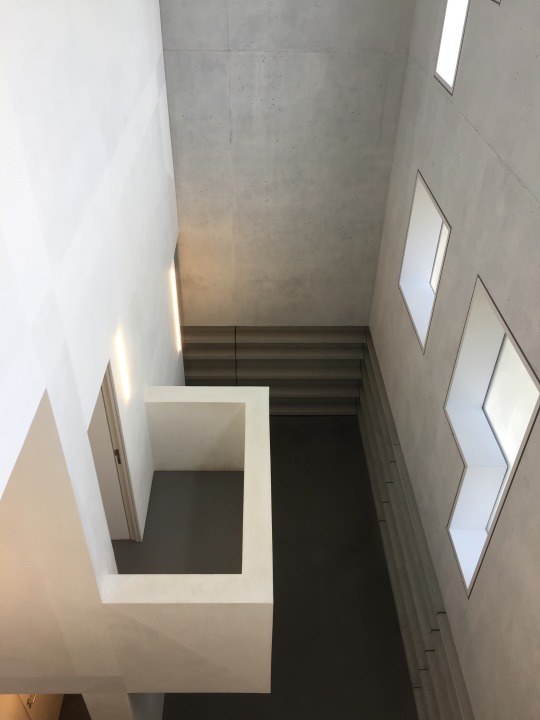

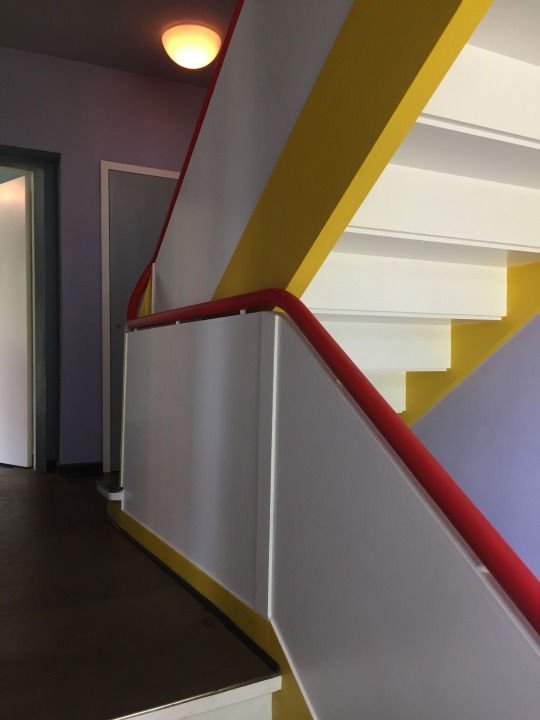
Living/Working/Learning by Example: Visiting Bauhaus, Dessau, Saxony-Anhalt, Germany I nearly missed the train departing Berlin Südkreuz at 9:30am for Leizpig. Once I was aboard and had caught my breath I could calm down and appreciate the countryside, flat open pastures, framed by rows of deciduous forest and small grain silos. It felt exotic to me, and so picturesque. The clouds over Berlin have been huge billowing cumulonimbus. Each day at 4/ 5pm they gather and grow dark until they violently rain over the city. It felt incredibly humid today and the sun blazed and it was difficult to imagine the impending storm that was brewing. I arrived in Dessau-Roßlau at 11am and made my way through the quiet streets toward the university campus. It’s quite modest as far as campuses go. What struck me was the open space around the structure that gave it a certain gravitas/breathing space from the traditional housing surrounding it. The building appears as a series of grids operating at different scales and on different axes. It’s definitely not a foreign idea, as it has been employed in design and still is to this day. It gives the starkness of the building a familiarity. The iconic lattice of windows has a fabulous translucent effect, allowing light to pass through, whilst students can their exhibit work. They strike me as performing like the gills of a fish, filtering air, light, sound and information in different directions. The building appears a lot lighter than anticipated, in feeling but also with the use of windows and rough plaster texture on the walls. There is a crafted quality and softness to the building that makes it feel warm and humane. This is accentuated by the exposed utilities like central heating radiators and noticing re-bar in structural concrete elements. This contradicts my prejudice around modernism, and the more I explore the campus more is revealed. These designers are inventers on all levels and their notion of design is all encompassing. The use of materials and attention to detail feels modest and humble. The school incorporated tangential practices of what we would call product/industrial design today. It contained flexible use spaces for textiles, furniture design and many more interdisciplinary fields. This kind of fusion of thinking is what really calls it a renaissance and its something that I see us struggling with today. As job titles change and fragment we become specialists within our fields to produce the most effective and streamlined design. However I think there is weakness in that, because we lose oversight for direction. I think about international design movements that were sweeping the western world in the early 20th centaury as a response to industrialization and mass production, the Arts and Crafts Movement for example. These Bauhaus modernists were apart of that but in the within the context of the German identity and the effects of the Great Depression and WW1. I can only ponder what the cultural climate might have been like, I imagine they would have been very resourceful, problem solvers, hence the stripped back/compositional aesthetics. And then to see beauty in that? Was that something one learned/unlearned (to deconstruction the ornate) or was that the progressive trait of the new generation of designers and thinkers? The two upper stories of the main building have clear programs, studio space and staff offices. The two portions of the structure are connected by a cantilevered walkway. It could be mistaken as just another wing of the building, as it contains classrooms, the director’s and administrative offices. I find the use of cobalt blue on certain surfaces interesting, as it symbolizes the use of color beyond a functional purpose. I wonder if it’s to highlight what they consider ‘compositionally aesthetic’ or if it does serve some kind of way finding requirement. This is seen throughout some of the rooms, balconies and stairwells in the Master’s Houses located nearby. All designs were by Gropius and they were testing the same principals and thinking as the main campus building. The rigidity of these designs feels more evident, as they are residences, not institutional spaces. Your attention is drawn to color and geometry. In the Kandinsky residence, the walls are painted exquisite colors as opposed to white/grey that dominates the other domiciles. Some of these structures were bombed/destroyed during the war, after the whole Bauhaus school had been shut down by the Nazi regime in 1933. I read a locale new paper article from the time, saying that the Dessau community regarded the housing with suspicion, observing its strangely shaped windows and building façades, it appeared as an alien spaceship or spy residence. After visiting the master’s houses I go to explore some of downtown Dessau-Roßlau. I don’t want to stray too far from the train station but I walk down to Stadtpark and observe the vastly different master planning. Buildings seem to frame the outside of city blocks, creating small, contained cell-like forms with green gardens in the middle. I cant quite fathom the differences this has with Los Angeles (where I have been working these past few years), where private built spaces encompass the entirety of the block and public space is squeezed out to the periphery of the side walk. I see a few Bauhaus/modernist buildings and admire them. I can tell they are built later, with different technology and maybe a little less inspiration, but seeing them through a slightly different lens.
#Bauhaus#walter gropius#design#architecture#landscape architecture#master planning#urban planning#university#campus#campus design#bauhaus architecture#modernism#minimalism#dessau#dessau-roßlau#german architecture#ww2#the great depression#mies van der rohe
3 notes
·
View notes
Link
My Online Portfolio is Live again!
0 notes
Video
youtube
Outer
A film of our road trip to Arizona, Saguaro National Park, Organ Pipe Cactus National Monument and Biosphere 2. Wow, always wanted to visit this crazy place, and here it is living beyond all expectations. I will hopefully make a blog post outlining the experience in more detail. For now here is a more experiential description. Music by myself, Visual composition by Aaron Matheson.
#landscape#landscape architecture#desert#biosphere#biosphere2#university of arizona#arizona#touscon#minimal synth#synthesis#fm synth#architecture#glass architecture#80's architecture#mayan pyramid#crystal pyramid#science experiments#biodome
4 notes
·
View notes
Photo
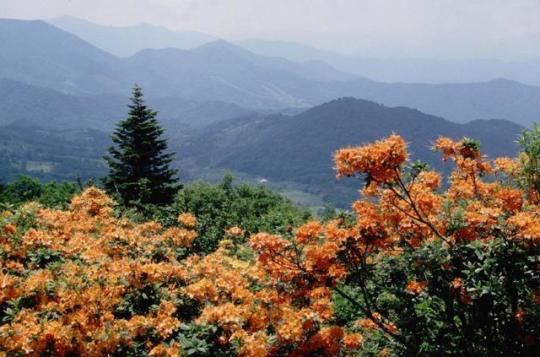




Flame Azaleas at Engine Gap, North Carolina Amazing wild flowers are blooming whilst you go on about your day to day lives. Here are some amazing shots from the appelacian trail http://www.donaldhyatt.com/azaleas/roanmountain.html
#Appalachian#appalachia#appalachiantrail#wild#wildflowers#landscape#azaleas#rhododendron#flame azaleas#dreamtime#dream#film#photography
4 notes
·
View notes
Photo

Antelope Valley, CA.
#california#wildflowers#californiawildflowers#antelope valley#joshuatree#joshua#mojave#mojave desert#socal#lantelope#antelopevalley#landscape
26 notes
·
View notes
Photo

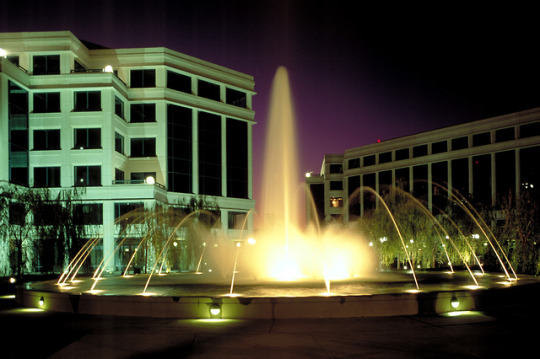
The Water Garden, Santa Monica, CA
#Landscape Architecture#Architecture#corporate headquarters#corporate architecture#corporate landscape#commercial estates#commercial plaza#office building#1980's office#1980's landscape#california#santa monica#water feature#company headquarters#design#landscape design#evening#surreal#lighting#green light#water fountain#ethereal#surrealism#post modernism#post modernity#modernity
77 notes
·
View notes
Photo
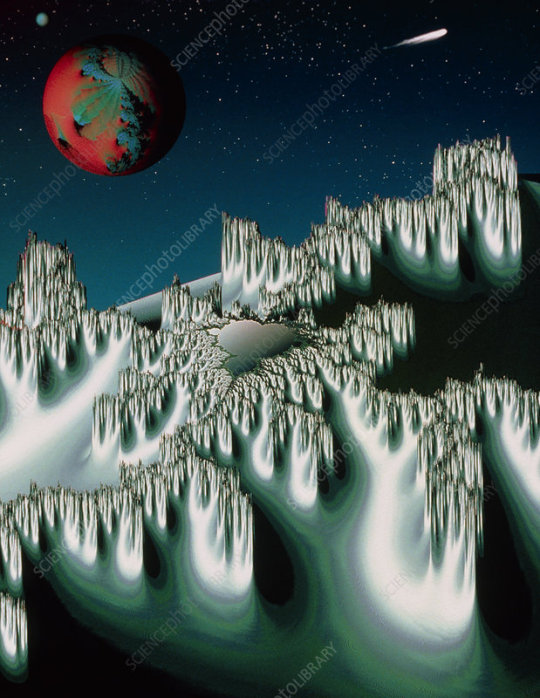

Escape from a fractal lake, science photography and bespoke jewels.
#ring#fractal#Landscape Architecture#fractal landscape#fractal lake#expanse#jewellery#art object#design#repetition#pattern#patterned#red ruby#astral plane#astral projection
5 notes
·
View notes
Photo

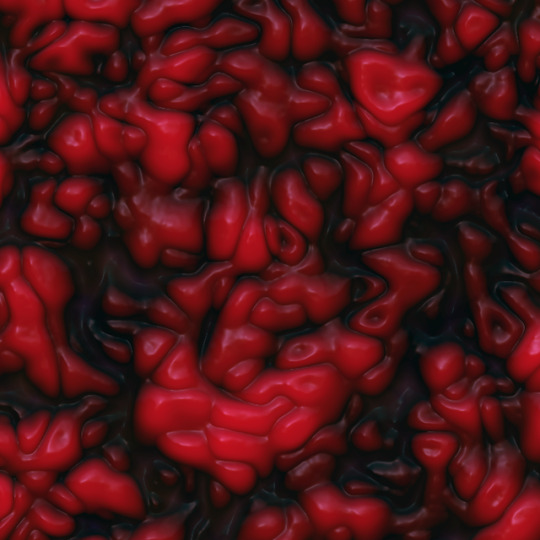
Fractal Terrain Generator ~ Virtual landscapes and textures generated throught the Perlin Noise gradient algorithm. Perlin Noise is a computer generated texture that creates blurr and the illusion of distance and focus through texture synthesis. It injects randomness into codes that gives the illusion of a natural irregular texture.
#perlin#perlin noise#fractal#algorithm#golf#landscape#landscapes#digital landscape#body#intestines#computer generated#CGI#texture#ken perlin#simplex noise#texture synthesis
8 notes
·
View notes
Photo
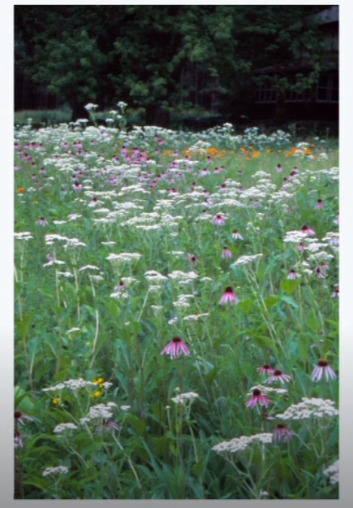
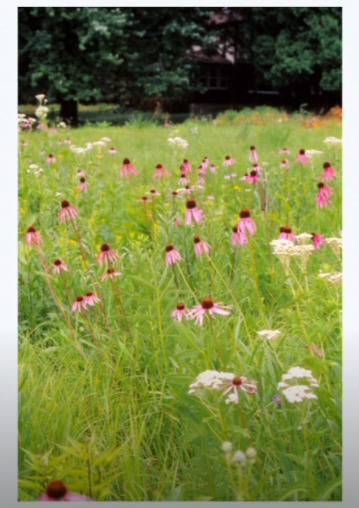




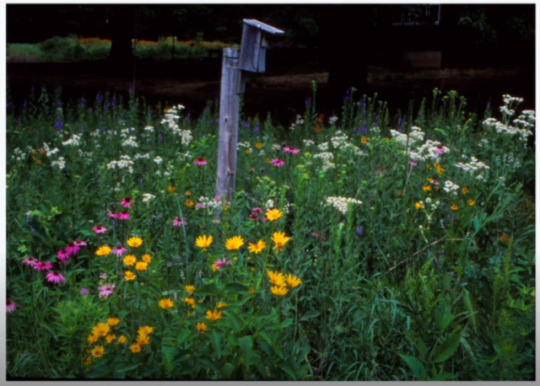



Establishing a prairie over the course of 15 years in Wisconsin. Trails of burning field in early spring, clearing buckthorn and allowing wildflowers and grasses to take hold, a very interesting and temporal system.
#prairie#meadow#perennials#wildflowers#wisconsin#planting#revegetation#1980's photography#1980's#photography#horticulure#environment#biology#landscape#Landscape Architecture#buckthorn#coneflower#black eyed susan#meadow grass#meadow flowers
12 notes
·
View notes





